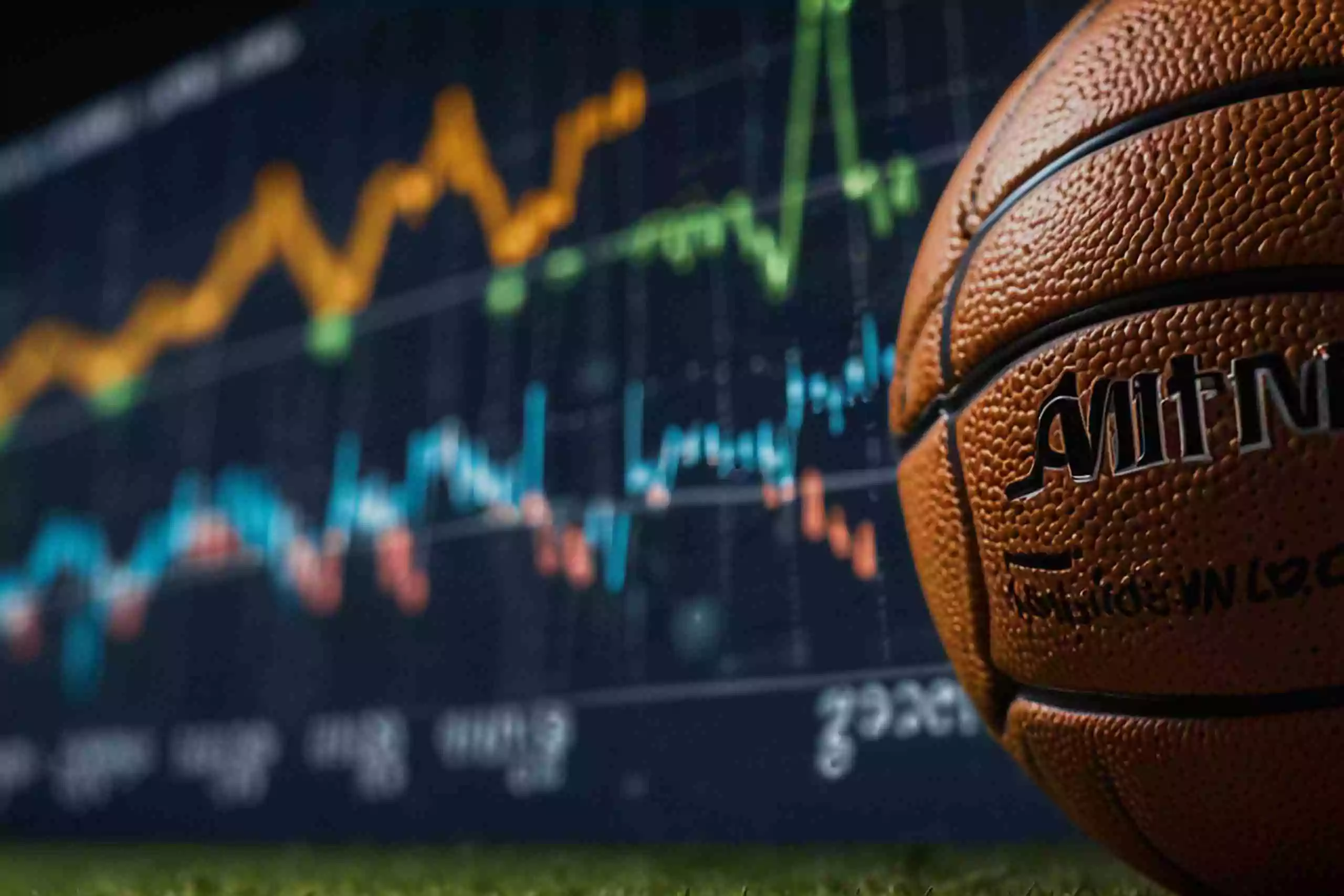The Evolution of Sports Analytics: How Data is Changing the Game
Sports analytics has undergone a significant transformation over the past few decades, revolutionizing the way teams strategize, players train, and fans engage with their favorite sports. The integration of advanced data analytics in sports has provided unprecedented insights into performance, strategy, and overall game dynamics. This blog post explores the evolution of sports analytics, its impact on various sports, and the future trends shaping this dynamic field.
The Beginnings of Sports Analytics
Sports analytics isn’t a new concept; its roots can be traced back to the early 20th century. However, it gained significant traction in the 2000s with the publication of Michael Lewis’s book “Moneyball,” which detailed how the Oakland Athletics baseball team used statistical analysis to build a competitive team on a limited budget. This approach, pioneered by the team’s general manager Billy Beane, highlighted the potential of data-driven decision-making in sports.
Early Applications:
- Baseball: Sabermetrics, the empirical analysis of baseball statistics, became the foundation of modern sports analytics. Metrics like On-Base Percentage (OBP) and Slugging Percentage (SLG) began to take precedence over traditional stats like Batting Average (BA).
- Basketball: The NBA saw an early adoption of analytics with teams analyzing player efficiency and shot selection to improve performance.
The Rise of Advanced Analytics
With advancements in technology and data collection methods, sports analytics has evolved from basic statistical analysis to sophisticated, real-time data processing. Today, teams employ a range of tools and techniques to gain competitive advantages.
Key Developments:
- Wearable Technology: Devices such as GPS trackers, heart rate monitors, and accelerometers provide real-time data on players’ physical condition, movements, and workload. This information helps in monitoring performance, preventing injuries, and optimizing training programs.
- Computer Vision and Machine Learning: These technologies analyze video footage to track player movements, identify patterns, and predict outcomes. Machine learning algorithms can process vast amounts of data to uncover insights that were previously inaccessible.
- Big Data Analytics: The ability to analyze large datasets has transformed how teams approach game strategy and player evaluation. Advanced metrics like Player Efficiency Rating (PER) in basketball or Expected Goals (xG) in soccer offer deeper insights into player performance and game dynamics.
Impact on Various Sports
The integration of advanced analytics has had a profound impact on various sports, influencing how teams play, train, and manage players.
1. Baseball
Baseball remains at the forefront of sports analytics. Teams use data to analyze every aspect of the game, from pitch selection to defensive shifts.
Key Applications:
- Pitch Tracking: Tools like PITCHf/x and TrackMan provide detailed data on pitch velocity, spin rate, and movement, helping pitchers refine their techniques and strategize against batters.
- Defensive Shifts: Data on hitters’ tendencies allow teams to position fielders optimally, increasing the likelihood of making outs.
2. Basketball
Analytics has transformed basketball, shifting the focus towards efficient scoring and defensive strategies.
Key Applications:
- Shot Selection: Teams use data to prioritize high-percentage shots, such as three-pointers and shots near the basket, while reducing mid-range attempts.
- Player Efficiency: Metrics like PER and Win Shares assess a player’s overall contribution to the team’s success, guiding decisions on player rotations and acquisitions.
3. Soccer
Soccer has embraced analytics to improve tactics, player development, and injury prevention.
Key Applications:
- Player Tracking: Systems like Opta and STATS provide detailed data on player movements, passes, and positioning, helping coaches develop effective game plans.
- Expected Goals (xG): This metric evaluates the quality of scoring chances, providing a better understanding of a team’s offensive and defensive capabilities.
4. American Football
The NFL uses analytics to enhance game strategy, player evaluation, and injury prevention.
Key Applications:
- Game Strategy: Teams analyze play-by-play data to identify tendencies and develop counter-strategies.
- Injury Prevention: Wearable technology monitors players’ physical condition, helping teams manage workloads and reduce injury risks.
The Future of Sports Analytics
As technology continues to advance, the future of sports analytics looks promising. Several emerging trends are set to shape the next phase of this field.
1. Artificial Intelligence and Machine Learning
AI and machine learning will play a crucial role in advancing sports analytics. These technologies can process and analyze vast amounts of data more quickly and accurately than humans, uncovering insights that can significantly impact performance and strategy.
Applications:
- Predictive Analytics: AI algorithms can predict outcomes such as player performance, injury risks, and game results, enabling teams to make more informed decisions.
- Automated Video Analysis: Machine learning can automate the analysis of game footage, identifying patterns and trends that coaches can use to refine strategies.
2. Enhanced Fan Engagement
Analytics is not just for teams and players; it also enhances the fan experience. By leveraging data, sports organizations can offer personalized content, interactive experiences, and deeper insights into the game.
Applications:
- Fantasy Sports: Data analytics powers fantasy sports platforms, providing users with detailed stats and predictions to enhance their experience.
- Augmented Reality (AR) and Virtual Reality (VR): These technologies, combined with analytics, can create immersive fan experiences, such as virtual stadium tours or real-time stats overlays during games.
3. Integrating Health and Performance Data
The integration of health and performance data will become more sophisticated, allowing for a holistic approach to athlete management. This includes combining physical, mental, and biometric data to optimize training, recovery, and overall well-being.
Applications:
- Holistic Training Programs: Customized training programs that consider an athlete’s physical condition, mental state, and performance data to maximize potential.
- Injury Recovery: Data-driven approaches to rehabilitation that track recovery progress and adjust treatment plans accordingly.
4. Expansion to Grassroots and Amateur Sports
While professional sports have been the primary beneficiaries of analytics, there is growing interest in extending these benefits to grassroots and amateur levels. Affordable technology and user-friendly platforms will enable wider adoption.
Applications:
- Youth Development: Analytics can help identify and nurture young talent, providing insights into skill development and performance improvement.
- Community Engagement: Local sports organizations can use data to enhance coaching methods, improve player safety, and engage with the community.
The evolution of sports analytics has transformed how sports are played, coached, and enjoyed by fans. From personalized training programs and advanced recovery techniques to AI-driven insights and immersive fan experiences, analytics is reshaping the sports landscape. As technology continues to advance, the potential for sports analytics is limitless, promising even greater innovations and improvements in the future. By embracing these trends, teams, players, and fans can look forward to a more informed, engaging, and exciting world of sports.







